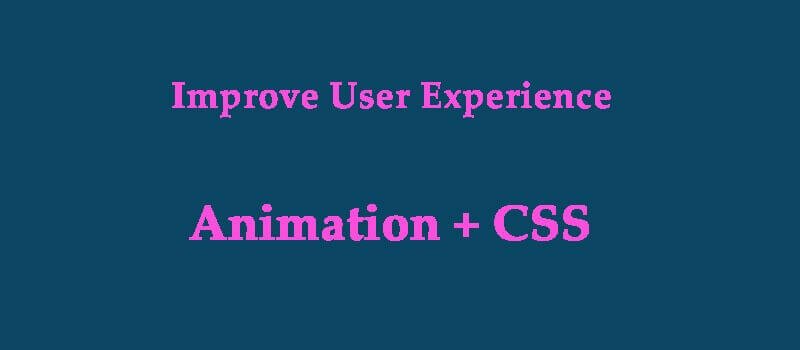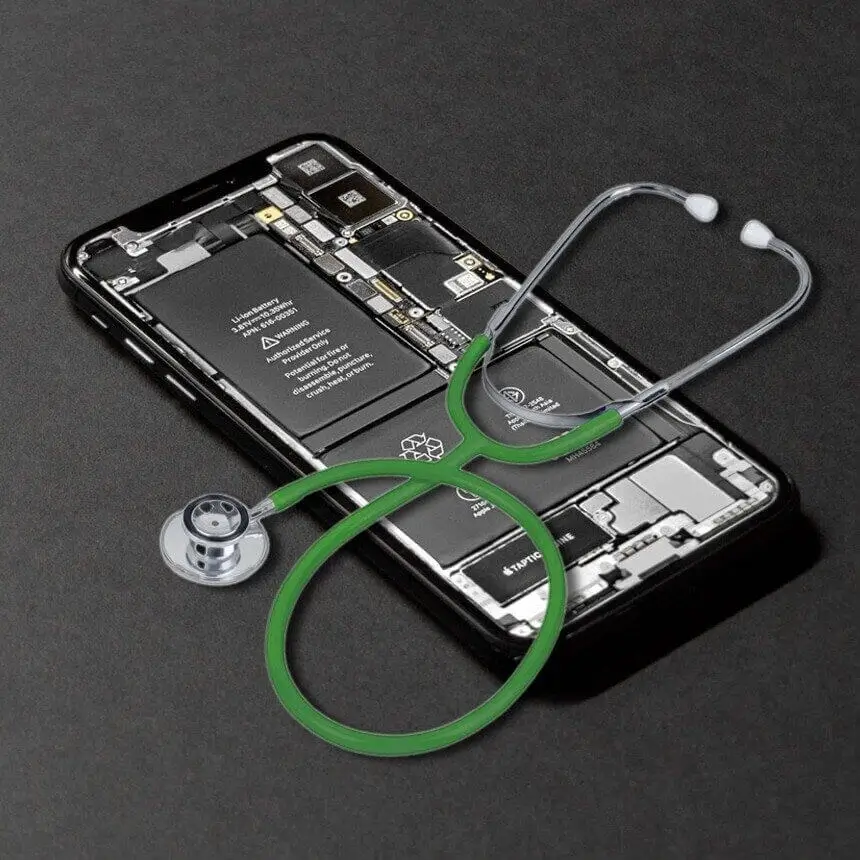
Animation has been around for a long time. You can, in fact, trace the history of animation to the twentieth century. However, this concept is continuously evolving and it has now derived a new meaning. Flashy and confusing animation is a thing of the past. Front end developers are now using clean, swift, easily navigable forms of animation to improve user experience. These expert front end web developers, however, appreciate that such animation can do the job for them only if it is used discreetly. There is absolutely no dearth of options. HTML5 and CSS3 are incorporating new moves to their system, but these developers need to make sure that they are not getting flown away by the charm of these styles. You only use what you need.
Here are some ways in which animation is being used by front end web developers and user interface developers to improve user experience:
- Animated Pages: Having subtle animation on the page headers and between page loads can help keep the users engaged. You manage to add movement to the website, and it ensures that pages transition smoothly, they are quick to load, and the gap between pages is closed with the help of a single fluid animation.
- Charts that Rock: Charts are a good way of presenting information. However, something that is highly data intensive can get mundane. Hence, developers are now using animated charts that are extremely simple to integrate into the website and good to look at. Additionally, by appending movement to these graphs you turn them into an entertaining inforgraphic.
- Controlled Modular Scrolling: As the term suggests, this form of animation lends more control to the visitors of your website. In other words, your visitors now have control over the site’s animation. There are individual panels that can be created by a user interface developer on the website. These panels can then be individually accessed by the users. The good part of this animation is that it works smoothly across most industries.
- Infinite Scrolling: You remember those old days when every single section of the website or a web app had their own set of menus as well as sub-menus. That will make it hard for you to navigate through the website. The new trend is to have all the information on one page. A front end website developer would much rather prefer to have an infinite scrolling website than have multiple menus. This is because such websites have proven to be more user friendly. So, the users can scroll down until they find what they are looking for. You have the option of having multiple types of animation as the user scrolls into a new page. However, you also need to make sure that all these components and animation are clean as well as cohesive.
- Form Animation: Do you like filling out forms? Nobody likes doing that. That is where animated forms are becoming a trend these days. Developers are using natural language to make forms look like a casual conversation. This combined with motion makes form-filling a fun thing for the visitors.
- Slow-Motion Animation: Slow-motion is a great way of catching the attention of your users. When page elements move just slightly, they draw the attention of your visitors. It is almost like whispering in the ears of your visitors. Such whispering draws their attention instantly. They subconsciously tend to pay more attention to what is being said. Having such animation on the home page of the website is a good idea of keeping it clean and catchy.
- Animating Anchor Text: Do you remember hovering. When your mouse hovers over a link, it animates. Animating the anchor text has the same phenomenon. The only difference is that it is a little more advanced. It makes hovering more visually stimulating and a good tool of engaging your visitors.
In summary, there are numerous things that modern-day animations allow you to do. If you are a front end developer designer or a specialized user interface developer, you can make subtle use of these animations to improve your visitor’s experience.





